Don't hesitate to send a message
How Electric Wheel Hub Motors Are Revolutionizing E-Bikes and Scooters
Content
The electric vehicle (EV) revolution isn't just transforming cars—it's reshaping the way people move within cities. In recent years, electric bikes (e-bikes) and electric scooters (e-scooters) have surged in popularity due to their eco-friendly design, cost-effectiveness, and convenience. But a major technological innovation driving this change is the rise of the electric wheel hub motor—a key feature in the next generation of personal urban transport.
Hub motors are having a profound impact on the design, performance, and affordability of e-bikes and e-scooters. By placing the motor directly inside the wheel hub, this technology streamlines the entire system, eliminating many of the complex components traditionally used in other motor setups.
What Are Electric Wheel Hub Motors?
An electric wheel hub motor is a type of electric motor that’s integrated directly into the hub of a wheel—either the front or rear wheel—on an electric bike or scooter. Unlike traditional motors that require a drivetrain, chain, or belt to transfer power, hub motors deliver power directly to the wheel, providing smooth and efficient propulsion without the need for additional mechanical components.
The design of a hub motor is relatively simple, consisting of a motor (typically a brushless DC motor), the wheel rim, and a hub that houses the motor’s magnets and coils. Powered by a battery, hub motors communicate with an electronic controller that regulates power, speed, and torque. There are two main types of hub motors:
- Direct-drive motors: These are quieter and require less maintenance, providing a smooth, consistent ride with fewer parts to maintain.
- Geared hub motors: These feature internal gears that deliver more torque, making them ideal for tackling inclines and providing extra power during acceleration.
Why Electric Wheel Hub Motors Matter
Now that we understand what electric wheel hub motors are, let’s explore why they’re so important in revolutionizing e-bikes and e-scooters. These motors are game changers for urban mobility, offering benefits that directly address the evolving needs of consumers and cities alike. Here’s why electric wheel hub motors matter:
Simplicity and Efficiency in Design
One of the most significant advantages of electric wheel hub motors is their simplicity. Traditional e-bikes and e-scooters often use more complex motor systems, with chains, belts, or mid-drive motors that rely on multiple mechanical components to transfer power to the wheels. In contrast, hub motors are integrated directly into the wheel, reducing the overall complexity of the vehicle and making it far easier to maintain.
This streamlined design has major practical implications for consumers. With fewer moving parts, hub motor-powered e-bikes and scooters require less maintenance and are more durable over time. There are no chains to lubricate or derailleur systems to adjust. For riders, this means fewer trips to the repair shop and a more hassle-free experience. Whether commuting daily or simply running errands, the simplicity of hub motors translates to greater convenience.
The integrated nature of hub motors contributes to a more compact and lightweight design. For urban commuters, this is particularly important. E-bikes and e-scooters with hub motors are easier to store, more portable, and often more aesthetically pleasing. With less mechanical bulk, these vehicles have a cleaner, sleeker look, appealing to riders who prefer minimalism in their transportation.
Improved Performance and Power Delivery
Electric wheel hub motors are fundamentally more efficient than traditional motor setups. By delivering power directly to the wheel, there’s no need for a complex drivetrain that can introduce energy losses. With hub motors, energy loss is minimized, which means better battery efficiency and longer range on a single charge.
For e-bike riders, this translates to an extended range per trip, allowing them to travel farther without worrying about recharging as frequently. The smooth power delivery offered by hub motors also ensures a consistent, comfortable ride, especially when navigating city traffic or handling frequent stops and starts. For e-scooter riders, hub motors provide better acceleration and enhanced stability, which is essential for riding in urban environments where quick reactions and smooth handling are required.
The geared hub motors can offer additional torque, which helps riders conquer inclines or ride with extra power when needed. This makes hub motors ideal for areas with moderate hills, allowing riders to experience smoother climbs and more comfortable speeds.
Quiet and Comfortable Ride
A key benefit of electric wheel hub motors is their quiet operation. Traditional internal combustion engines, as well as mid-drive motors, generate noise and vibration, contributing to pollution and discomfort. However, hub motors operate almost silently, making them ideal for the urban environment, where noise is a growing concern.
This quiet performance contributes to a more peaceful and enjoyable ride, especially in areas with heavy pedestrian traffic or in residential neighborhoods. Low noise levels also make electric bikes and scooters more discreet, helping riders avoid disrupting the calm of quiet streets. For many urban dwellers, this is a big plus, as they can enjoy a low-impact, environmentally-friendly ride without drawing unwanted attention.
The absence of chains and other mechanical parts results in less vibration, further enhancing comfort. When navigating bumpy streets or uneven surfaces, the lack of mechanical feedback helps smooth out the ride, making the experience far more enjoyable compared to traditional e-bike and scooter setups.
Cost-Effectiveness and Accessibility
The simplicity and efficiency of electric wheel hub motors lead to significant cost savings both for manufacturers and consumers. The simplified design reduces the cost of manufacturing e-bikes and e-scooters, and this is reflected in the price of the final product. Compared to mid-drive motor systems or vehicles with complex drivetrains, hub-motor-powered e-bikes and scooters are often more affordable.
For consumers, the lower cost of ownership doesn’t just mean a lower upfront investment—it also translates to reduced maintenance costs over time. Since hub motors require less servicing, owners can save on repair bills and spend more time enjoying their rides. This is especially important in a market where affordable and sustainable transport solutions are crucial for reducing urban congestion and carbon emissions.
The lower price point of hub motor-powered e-bikes and scooters makes them more accessible to a wider range of riders. As cities and governments invest in green infrastructure and encourage sustainable transport, more individuals can turn to e-bikes and e-scooters as a practical, cost-effective alternative to cars.
Future-Proofing Urban Mobility
The role of electric wheel hub motors in shaping the future of urban mobility cannot be overstated. As cities work to reduce carbon emissions and decrease traffic congestion, electric transportation options like e-bikes and e-scooters are becoming more important. Hub motors, with their low environmental impact, efficient design, and affordability, are at the heart of this transition.
The scalability of hub motor technology also makes it adaptable to a wide range of urban transport solutions. From shared e-scooter fleets to personal e-bikes, hub motors can be implemented in different types of vehicles, enhancing the accessibility and sustainability of urban mobility. Moreover, as electric vehicle infrastructure continues to grow, the future looks bright for hub-motor-powered bikes and scooters as key contributors to clean, green, and efficient cities.
-
 E-Type F500 Front Hub Motor
E-Type F500 Front Hub MotorThe E-Type F500 front hub motor is designed for E-Cargo and E-MTB bikes, offerin...
-
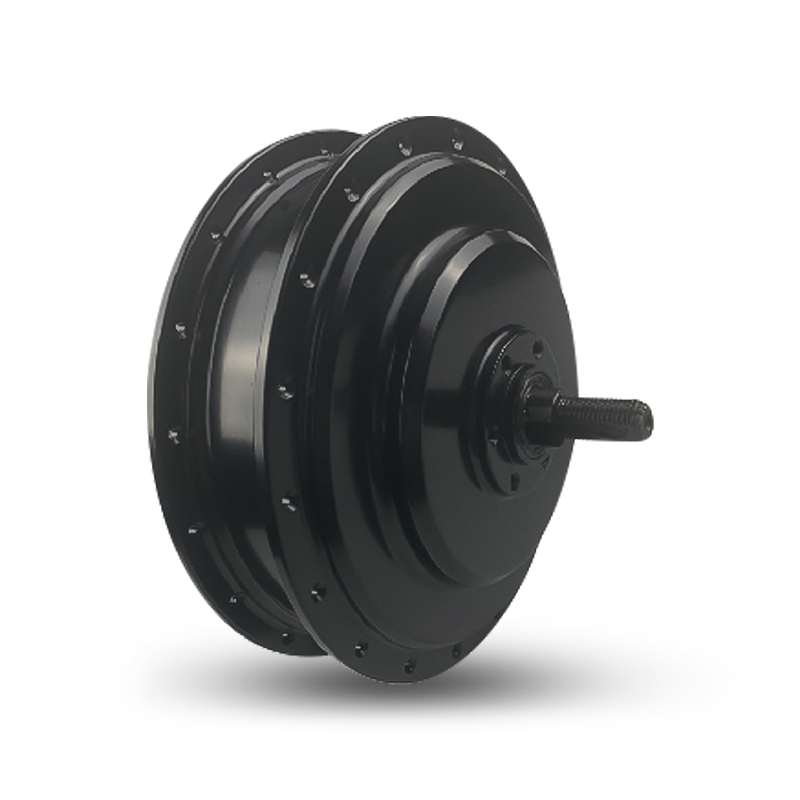 E-Type Pro RC750 Rear Hub Motor
E-Type Pro RC750 Rear Hub MotorThe E-Type Pro RC750 Rear Hub Motor is designed for E-Cargo and E-MTB bikes, com...
-
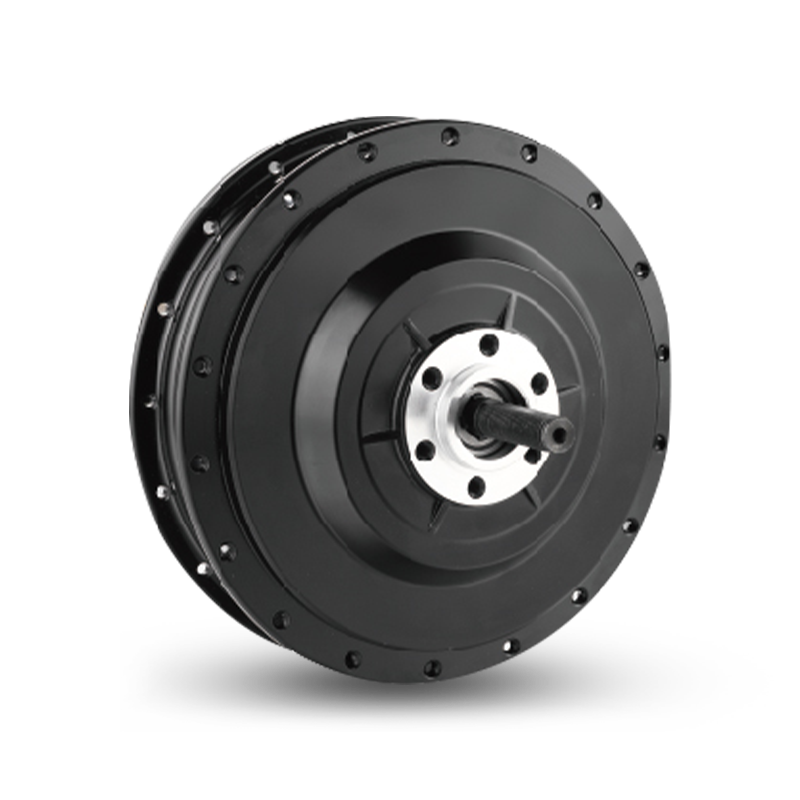 E-Type RF500 Rear Hub Motor
E-Type RF500 Rear Hub MotorThe E-Type RF500 Rear Hub Motor is designed for E-Cargo and E-MTB bikes, compati...
-
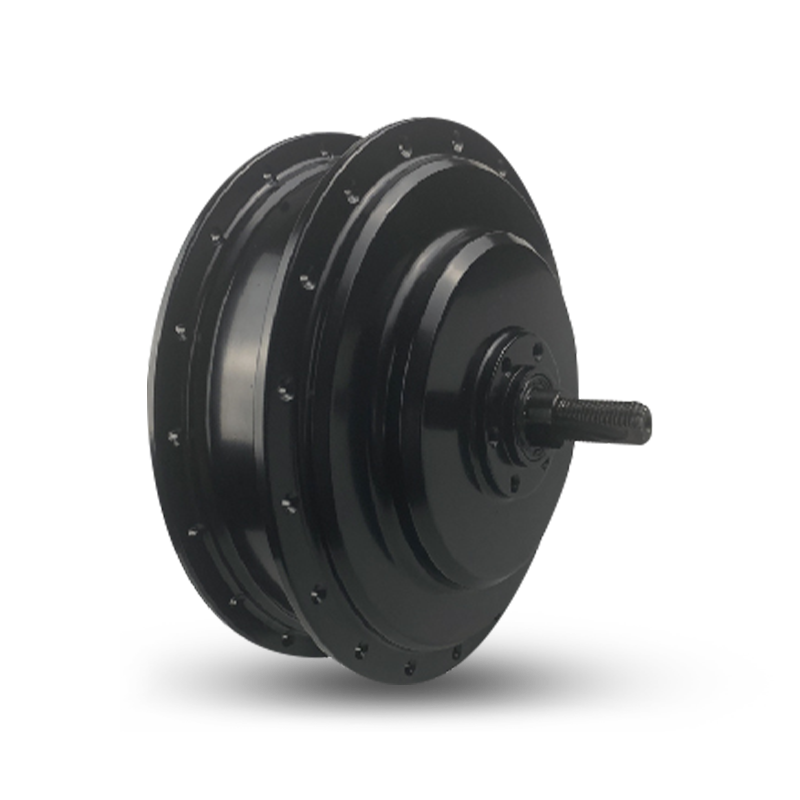 E-Type Pro RF750 Rear Hub Motor
E-Type Pro RF750 Rear Hub MotorThe E-Type Pro RF750 Rear Hub Motor is designed for E-Cargo and E-MTB bikes, com...
-
 S-Type Pro F1500 Front Hub Motor
S-Type Pro F1500 Front Hub MotorThe S-Type Pro F1500 front hub motor, designed for E-Carao and E-Fat bikes, offe...
-
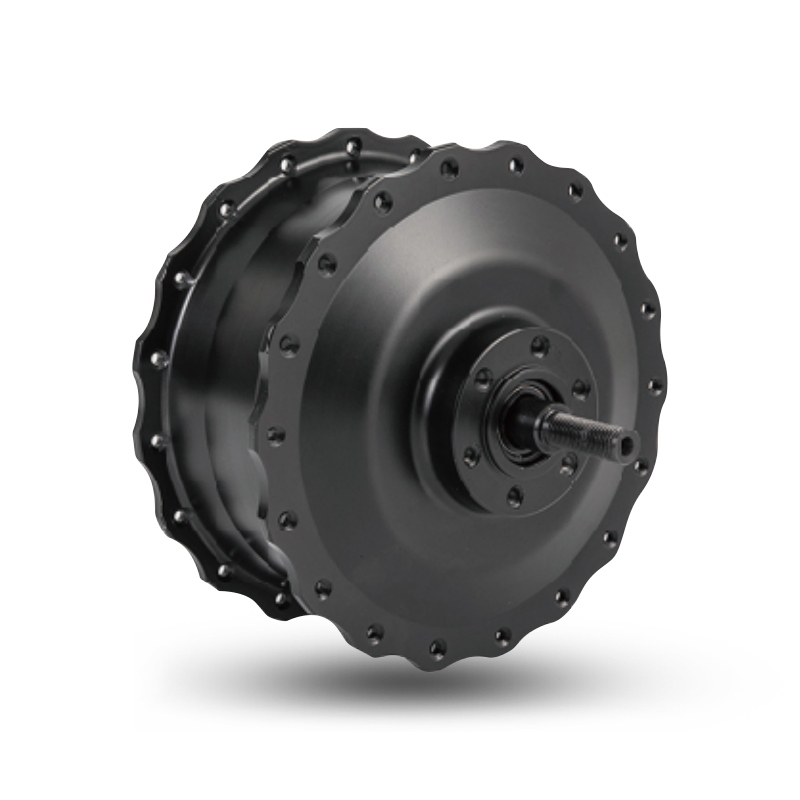 S-Type F750 Front Hub Motor
S-Type F750 Front Hub MotorS-Type F750 is designed for E-Cargo and E-Fat. The rated power ranges from 500W ...
-
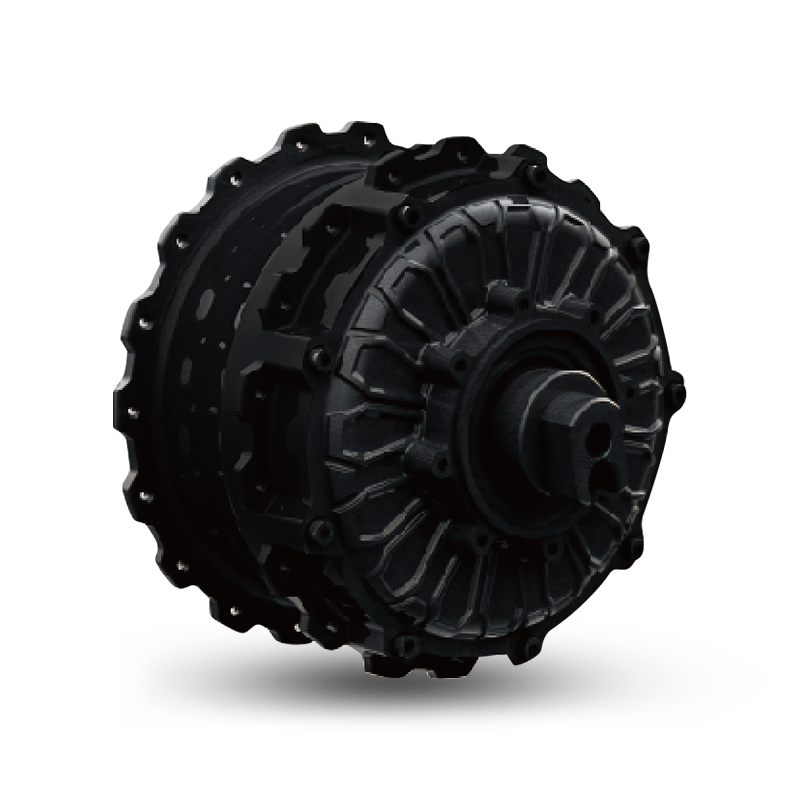 S-TYPE Max THRU AXLE Rear Hub Motor
S-TYPE Max THRU AXLE Rear Hub MotorThe S-TYPE Max thru-axle motor is designed for E-Fat, Moped, and Cargo applicati...
-
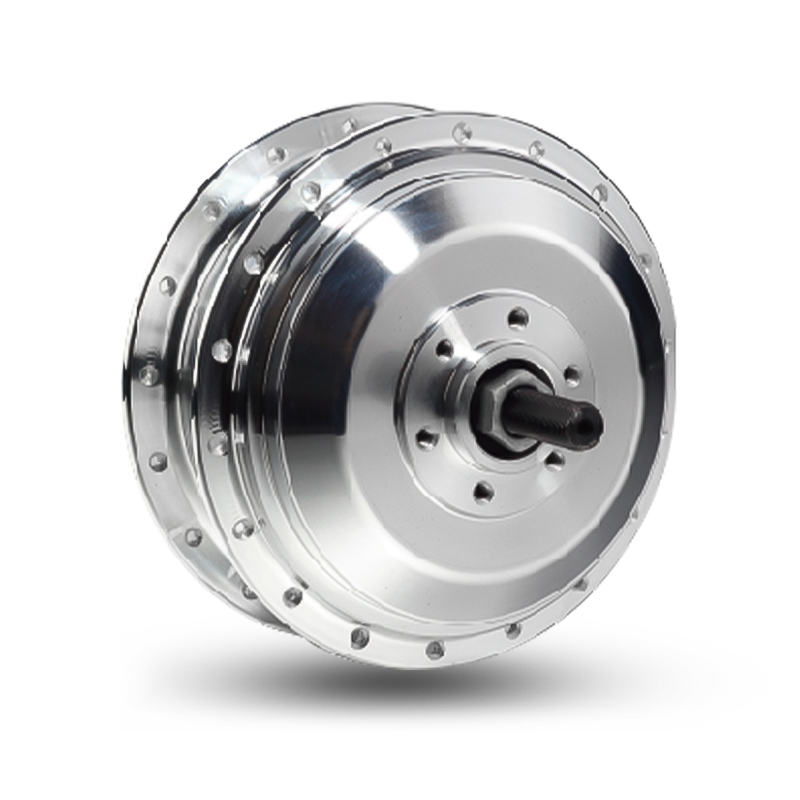 C-Type R350 Rear Hub Motor
C-Type R350 Rear Hub MotorThe C-Type R350 Rear Hub Motor, designed for city e-bikes, offers a rated power ...
If you are interested in our products, please consult us
- Address:No. 3 Dingqiao Rd, Jiangshan Town, Yinzhou District, Ningbo, Zhejiang Province, China
- Phone: +86 13806662915
- Email: K.zhang@hengtai-cn.com



 English
English 中文简体
中文简体